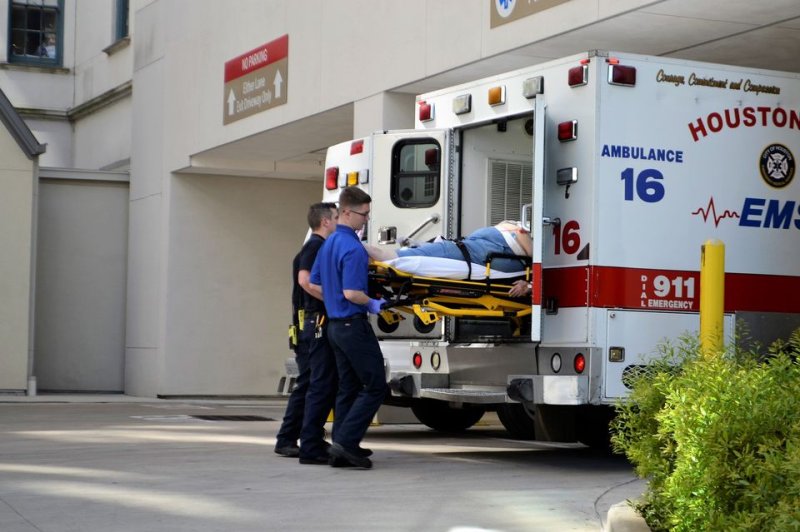Men are more likely to develop skull fractures when they fall over than women, new research reveals, despite the fact that older women are treated for falls more frequently than elderly men.
Since more than 3 million seniors age 65 and over are treated in emergency rooms in the United States each year due to falls, this is a serious issue.
While our older population continues to lead active lifestyles, the high prevalence of head injuries and subsequent skull fractures from falls is concerning, according to study co-author Dr. Scott Alter, an associate professor of emergency medicine at Florida Atlantic University College of Medicine.
Skull fractures are a significant head trauma consequence and the most common serious injury caused by head trauma, according to the study’s authors.According to the 2016 National Trauma Database annual report, 58% of these falls involve women.
Alter and his associates studied all patients with head injuries at two level-one trauma facilities in southeast Florida in order to further investigate this.
The researchers compared acute trauma-related skull fractures by gender, patient race/ethnicity, and mechanism of injury.More than 5,400 patients, or around 56%, were female. Falls were the cause of over 85% of head injuries. The average ages of the men and women were 81 and 83 years old, respectively.
Males had a noticeably higher incidence of secondary skull fracture from head trauma, usually from falls. The researchers highlighted that the results were unexpected given that earlier studies had suggested women were more prone to facial fractures.
Despite the fact that this trend was present in all races and ethnicities, the researchers discovered that only white people were statistically significantly affected.”As falls caused the greatest number of head injuries and subsequent skull fractures, fall prevention may be an important intervention to consider” in reducing illness and injury, Alter said.
“Although fall prevention education can be addressed in the primary care setting or at assisted living facilities, the emergency department could also represent an opportunity to educate patients and to prevent future death and disability from falls in this population,” he added.
The report was published in the March issue of the American Journal of Emergency Medicine.





